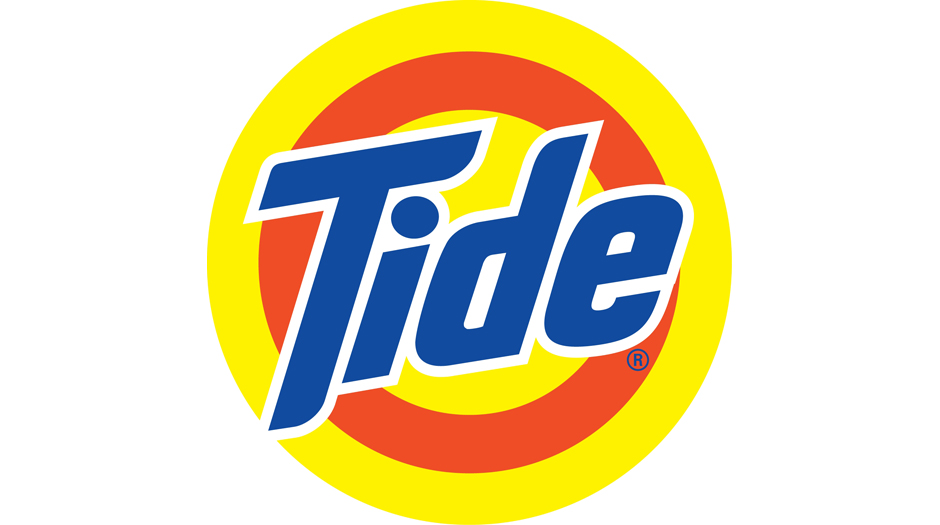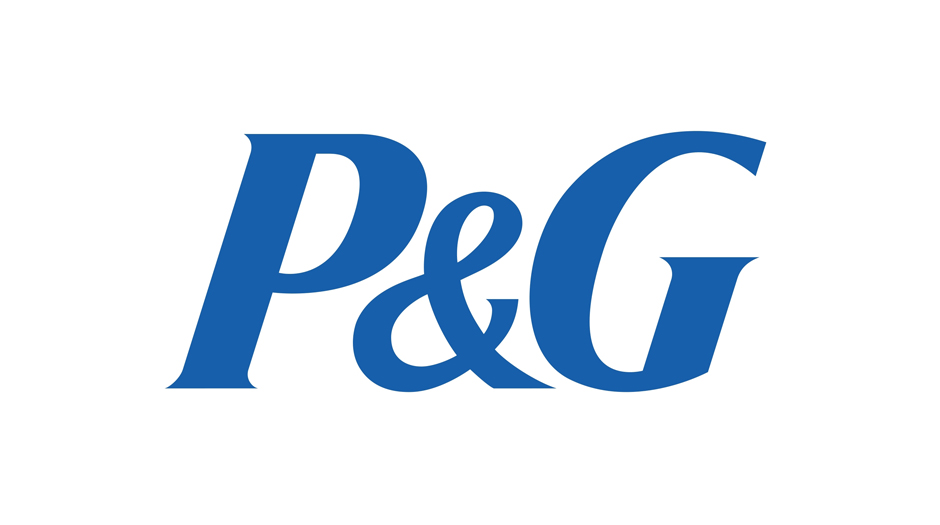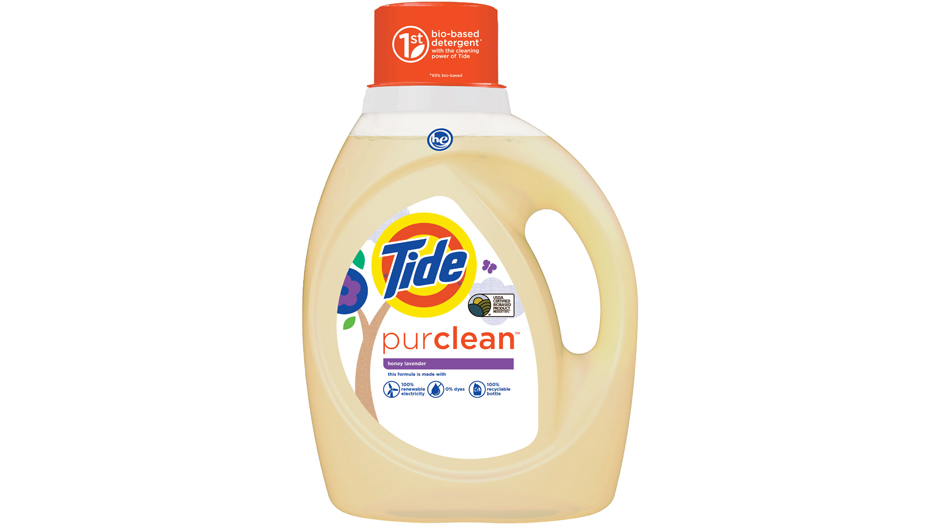Trends
Navigating the Circular Economy
Published
7 years agoon
By
BXP Staff
Results from a recent Nielsen poll suggest sustainability is of growing concern among global consumers when making purchase decisions. The same respondents also place “products from brands they trust” highest on their list of considerations when deciding what to buy. That’s why the concept of a circular economy (CE) has become one of the buzz-worthy phrases over the past year.
“Today, most of the world functions in a linear economy—consumers buy products then discard them at the end of the product lifecycle, creating waste and reducing amount of capital available to make new products,” says Mike Nolan, CEO of Product of the Year USA. “A circular economy is one in which goods and services are designed for reuse rather than disposal, and building capital rather than reducing it.”
Brad Hanna, director of business strategy at Barkley/FutureCast, says that as Gen Z comes along, the circular economy is not going to be about just environmental stewardship, but things like human rights, labor and the way animals are being cared for.
“Every company out there has a sustainable policy, but it’s the companies that have a belief system that are really standing out as being more of an innovator for the work they are doing,” he says. “Brands need to say why it’s important to them and that’s where they are better aligning with consumers.”
The CE in Action
Katrina Shum, sustainability officer for Lush Fresh Handmade Cosmetics, notes the company’s commitment to a circular economy starts, wherever possible, with creating naked products that don’t require any packaging in line with the three R’s of sustainability—Reduce, Reuse and Recycle.
“With many of our liquid products, packaging is a must,” she says. “So for all our pots and bottles, Lush does the next best thing and avoids bringing any new materials into the world by only using 100% recycled plastic. We also run a return program for our black pots since we know that black plastic isn’t always easily recycled in municipal recycling facilities. Through our ‘Bring Back Program,’ we encourage our customers to return five clean and empty black pots to any of our shops and Lush will offer a free fresh face mask.”
AdvertisementLush then sends the used black pots from the shops to its Vancouver and Toronto-based black pot suppliers, where they grind and remold the pellets into brand new pots. Last year, customers returned 1.08 million black pots, saving more than 35 tons of plastic.
The company also uses natural exfoliants such as ground nuts and shells, sea salt and polenta in its products without adding micro-beads to the waterways.
“Microbeads are non-biodegradable plastic bits that absorb toxins and are often mistaken for food by fish and other marine life,” Shum says. “There are roughly 460,000 pieces of microplastic per square kilometer polluting the Great Lakes. In 2015, Lush partnered with the 5 Gyres Institute for the #BantheBead campaign. Since then, laws banning microbeads have been passed in the U.S. and Canada.”
Mondelez International, which manufacturers products such as Oreos, Ritz crackers and Triscuits, is committed to reducing the environmental impact of its activities, preventing pollution and promoting the sustainability of the natural resources upon which it depends, while providing quality products that meet the needs of consumers.
“As a food company, we recognize that our global food system is facing a complex set of challenges, including extreme weather patterns, climate change, biodiversity loss, shortages in resources and the growing competition for land,” a company spokesperson says. “We focus on reducing the greenhouse gas impact of our operations and supply chains, as well as the potential impact that climate change will have on farmers’ ability to grow the agricultural ingredients we need to make our products.”
For instance, at the company’s plant in Namur, Belgium, it was able to reduce its water supply by 25% over the last three years (the equivalent of 22 Olympic swimming pools) by measuring and monitoring water leakages, investing in water reduction projects and improving cleaning processes to optimize water usage.
AdvertisementAndré Mendes, senior manager sustainability communications for Adidas Group Corporate, says a circular economy mindset is of utmost importance to the company.
In December, the company opened its brand flagship store in New York City and this concept was core to the store design. Mendes explains that not only did the store maintain the building’s existing textures and finishes, reducing the need for new materials, but inside it features hangers and mannequins created from recycled ocean plastic and developed in collaboration with Adidas partner, Parley for the Oceans. Adidas NYC customers can directly contribute to Parley’s beach cleanup efforts in the Maldives by purchasing Adidas x Parley water bottles at the store.
 “Adidas is sincere about being a company that cares about bigger issues beyond profitability, and they are doing a good job of communicating its strategy to the end user,” says Jeremy Kees, associate professor of marketing at the Villanova School of Business. “It is very important that companies communicate their sustainable practices/mission to their customers. This can become a point of differentiation for their brand, especially in an industry that has a bad reputation for exploiting workers and the environment.”
“Adidas is sincere about being a company that cares about bigger issues beyond profitability, and they are doing a good job of communicating its strategy to the end user,” says Jeremy Kees, associate professor of marketing at the Villanova School of Business. “It is very important that companies communicate their sustainable practices/mission to their customers. This can become a point of differentiation for their brand, especially in an industry that has a bad reputation for exploiting workers and the environment.”
Tide released its first bio-based laundry detergent, Purclean, made with bio-friendly materials and 100% renewable electricity sources. It’s also manufactured in a site that sends no manufacturing waste to landfills. It’s the perfect example of a brand making a sustainable product and also using sustainable practices to create that product.
Making a Change
For brands looking to practice a circular economy mindset, the first thing companies should do is educate themselves. Conferences can help brands understand the tenets of a circular economy. Organizations such as the Ellen MacArthur Foundation also serve as a reference library for anyone wishing to attain a better grasp of the concept.
Nolan says brands should also invest in the personnel who can help make the transformation a reality.
“Establishing circular economy mindset requires new design principles and business models,” he says. “Employing someone who understands how to affect these changes will ensure brands can implement these changes while still remaining competitive.”
It is clear that, along with becoming more environmentally conscious, consumers are doing more research while shopping in order to purchase goods that more closely align with their concerns. As a result, companies must begin to adopt concepts of a circular economy in their corporate philosophy, as well as their branding.
To promote transparency, brands can create interactive graphics or microsites that explain to consumers how their environmentally friendly products are manufactured and how they fit within the principles of a circular economy. Nolan suggests that perhaps they implement an impact calculator on their websites so when consumers head to the website to shop, they will have the option of calculating the (positive) impact they will have when purchasing that company’s products over those of competitors.

SPONSORED VIDEO
Branding with Ferocity – Thinking Like an Indie Brand
Get a better understanding on how to leverage new technologies to engage and delight shoppers, sustainability’s role in product and package design – being sustainable and premium are not mutually exclusive, plus best practices and tips for collaboration and how to launch new products and refresh existing product line-ups and brands.
You may like
Advertisement
Subscribe

BULLETINS
Get the most important news and business
ideas from BXP Magazine's news bulletin.
Advertisement







